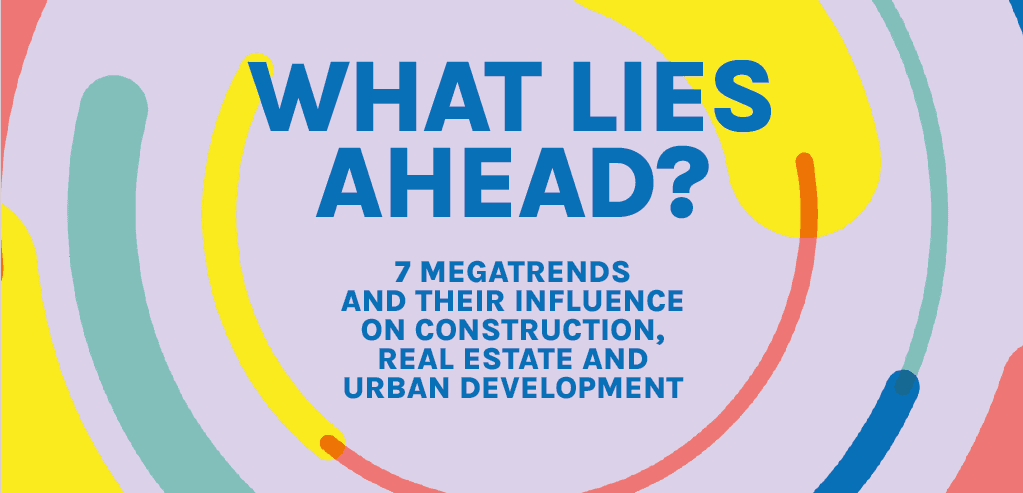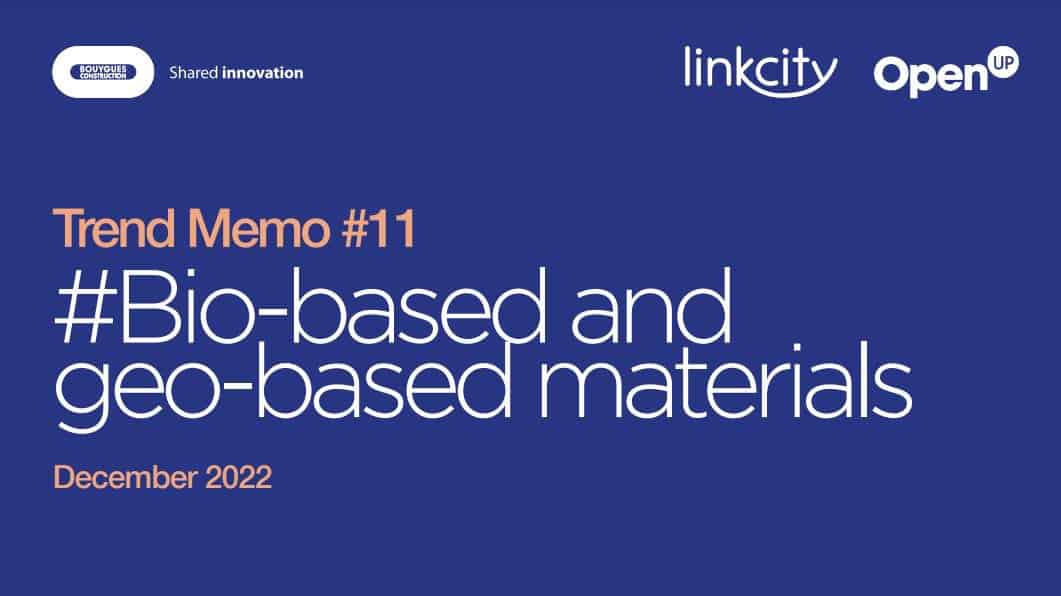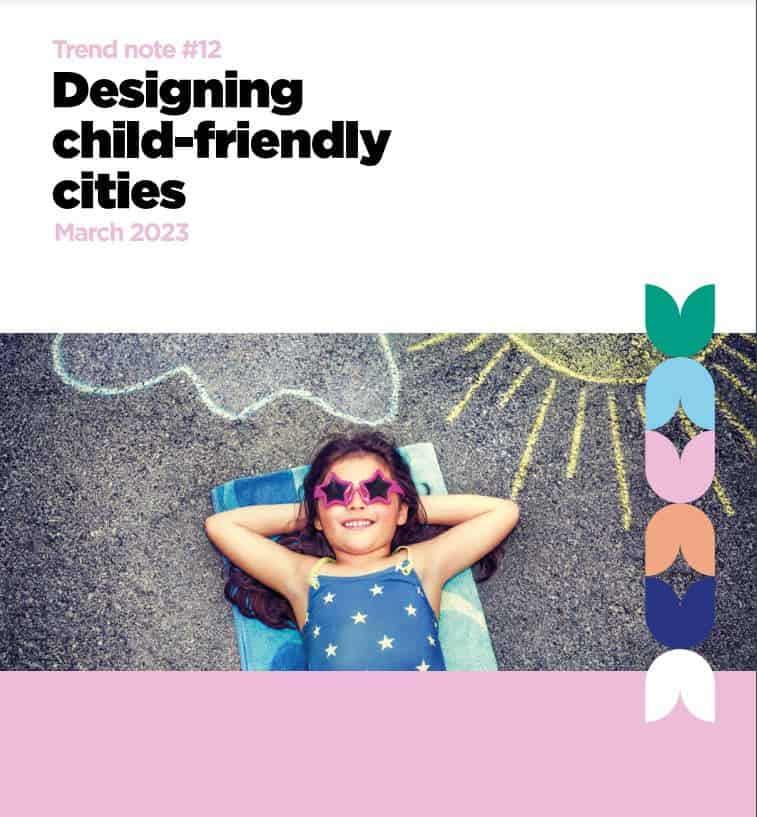Children seem to have disappeared from cities, public squares, building courtyards and pavements. In the space of a century, the car has taken over the urban environment, bringing with it its share of consequences: danger for pedestrians, occupation of public space, noise pollution, air pollution, etc. The city seems to have become a dangerous space, hostile to its own inhabitants, where children (but also teenagers, people with disabilities, the elderly, etc.) have no place. How can we think about cities through the prism of childhood to make them more welcoming, more desirable for every inhabitant – whatever their age?







